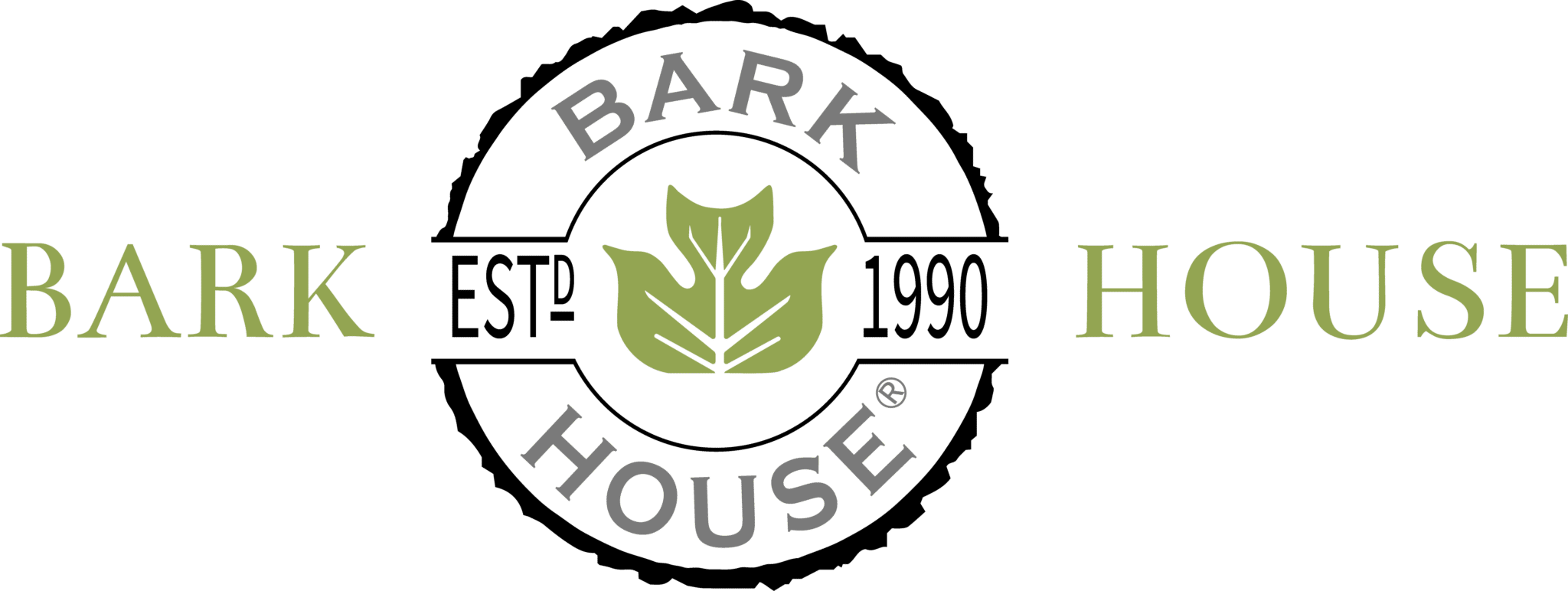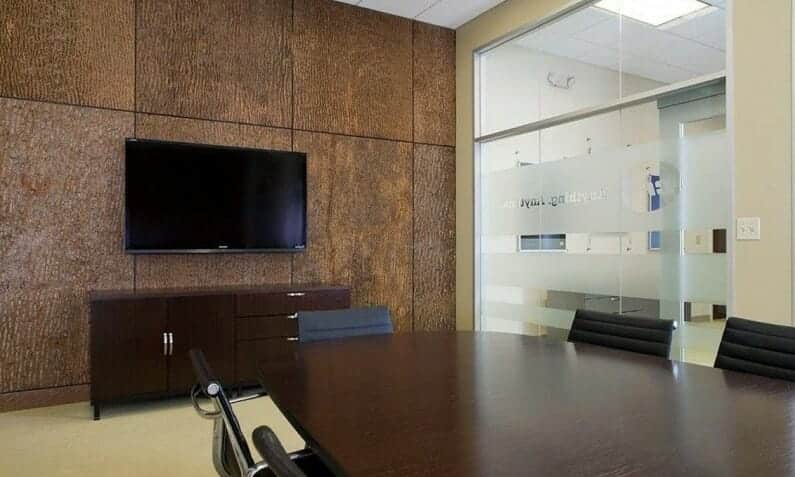Poplar tree bark panels embody the exclusivity and premium quality of modern luxury design: only one in 1,000 poplar trees produce uncracked sheets of bark large enough to become viable wall covering products.
But while poplar tree bark panels are exclusive, they don’t need to be wasteful. When done as part of a regenerative process, the creation of these unique panels is actually beneficial to local ecosystems, natural and human. In other words, contemporary designers can be both artists indoors and good global citizens outdoors.
Why Tree Bark Panels?
Let’s talk about what makes tree bark panels so apropos for high‑end interiors.
First off, the exquisite textures of poplar bark are never commonplace. Because materials are natural and not man‑made, you can be sure that each and every poplar bark panel is uniquely one of a kind.
In addition to their earthy visual allure, each panel comes with its own narrative. Distinct colors that flow from the north to the south side of the bark reveal which side of the tree faced the sun. Plus textural variances resulting from limb scars, epicormic knots, growth stressors, bird pecks, lightning scars, and more are like a personal diary of the tree’s lifetime.
You can see this beauty in action at the elegant DC office of Doctors Noelle Sherber and Ariel Rad—highlighted in Architectural Record. They installed bark panels at their skincare and plastic surgery boutique as a way to elevate the space and enhance its “natural meets high tech” message.
But tree bark panels are more than just a pretty face. According to Australian nonprofit Planet Ark Environmental Foundation, air pockets within the structure of a tree’s cells make wood a natural insulator 15 times better than masonry, 400 times better than steel, and 1,770 times better than aluminum.
Finally, depending on its application as an interior wall covering, wall coverings can offer natural sound‑damping and excellent noise control, both in its amplification (such as in concert halls) or its mitigation (such as a library). That’s according to the Softwood Lumber Board’s Think Wood campaign for lumber products.
Protecting Nature, Indoors—and Outdoors
By applying specific timing and exceptional skill and — above all — manufacturing bark products using only reclaimed waste from the local logging operations, Bark House ensures that harvesting of its Poplar Bark Panel Wall Coverings is strictly environmentally friendly.
There are many benefits all‑around to doing this:
- Decreased carbon dioxide emissions from both manufacturing processes and wood waste decaying in the forest.
- No additional tree felling required.
- Use of natural materials—rather than hazardous ones like carcinogens like volatile organic compounds (VOCs) found in common building materials like paints and plastics—ensures healthy indoor air quality.
- Finally, humans like being in nature. Take a page from Google, which used tree bark panels at its Sunnyvale office as part of its strategy to achieve a LEED Platinum Certification for the building.
You can go even further in ensuring your naturally harvested tree bark panels positively affect the environment by thinking outside the box of just your immediate design work. To wit, Bark House Poplar Bark Wall Coverings are produced via our whole-building system, which encompasses how our materials are grown, sourced, and manufactured; how the products biodegrade at the end of their life; and how our makers and clients are connected to nature.
The takeaway to keep in mind? The most sustainable architecture and regenerative building products just keep on giving back to its ecosystems, on and on without end.

